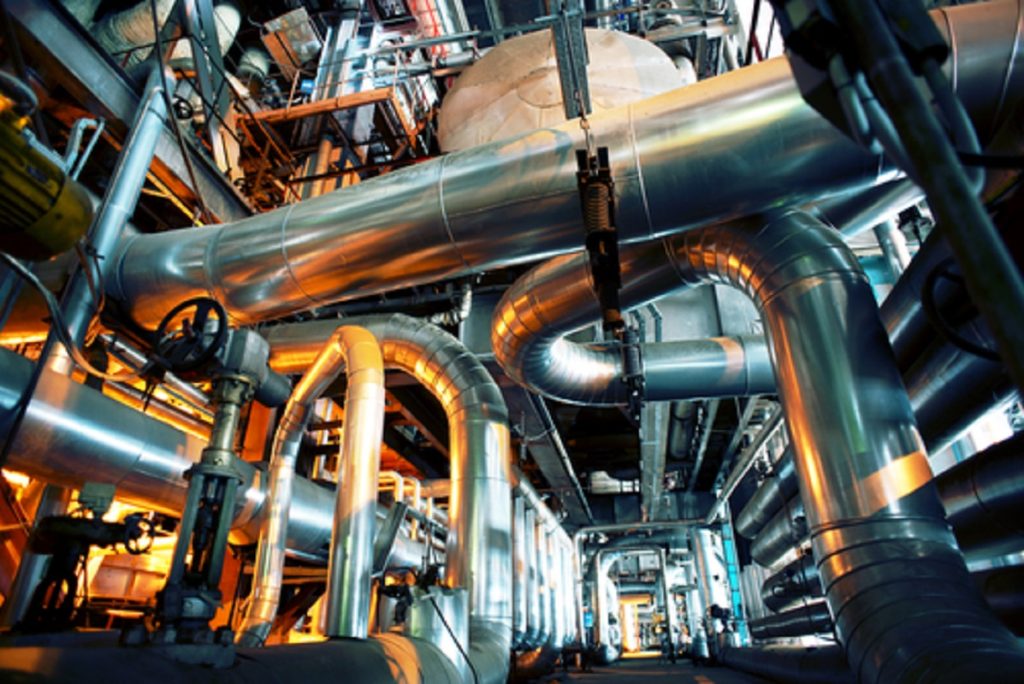- Establish continuous training and education to ensure employees are up-to-date on safety protocols.
- Incorporate regular equipment inspections and maintenance into your routine.
- Use clear signage and safety markings to indicate potential hazards, emergency exits, and safety equipment locations.
- Foster a culture where everyone values safety and encourages reporting of discrepancies.
- Invest in industrial electrical construction to ensure robust, efficient, and safe systems.
Operating an industrial business comes with a myriad of challenges, but safety should always be at the forefront. Ensuring a safe working environment is a legal responsibility and a moral one. It safeguards employees, minimizes downtime, and protects valuable assets. Here are five actionable tips to ensure safety isn’t just a checkbox but a core tenet of your industrial business.
1. Continuous Training and Education
Safety begins with knowledge. It’s essential that every member of your team understands the importance of safety protocols and is adequately trained to follow them.
Establish a continuous training program that educates employees on the latest safety measures. This can include hands-on training, workshops, or even digital courses. It’s crucial that this training is refreshed periodically to keep everyone updated and in tune with the best practices.
Here are tips for ensuring continuous training and education:
Make Accessible
When it comes to safety training, accessibility is key. Safety training materials, whether they are physical booklets or digital content, should be readily available to all employees. Use simple, clear language and include visual aids to make the information easy to digest. Also, consider providing materials in multiple languages if you have a diverse workforce.
Leverage Technology for Training
Modern technology offers a wide range of possibilities for safety training. Virtual reality, for example, can simulate dangerous situations without putting employees at risk. Online platforms can offer interactive courses that employees can take at their convenience. Utilizing such technologies can make safety training more engaging and effective.
Regularly Update Safety Training Programs
Safety standards and regulations are continually evolving. To keep pace, ensure that your safety training programs are regularly updated. This means adding new information and reviewing and revising existing materials. Regular updates will ensure your employees are always equipped with the latest safety knowledge.
Encourage Employee Feedback
Encourage your employees to provide feedback on safety training programs. Their insights can help you identify areas for improvement and make the training more relevant and effective. An open feedback system can foster a safety culture within your organization, where everyone feels involved and responsible.
2. Regular Equipment Inspection and Maintenance

Industrial businesses rely heavily on machinery and equipment. Ensuring that these tools are in optimal working condition is crucial for safety.
Incorporate regular equipment inspections into your operational routine. This can help identify potential issues before they become severe hazards. Remember, preventive maintenance can avert many problems that might lead to accidents.
It’s not just about the machinery. Check safety gear, emergency alarms, and fire extinguishers regularly. A minor oversight can lead to significant consequences.
3. Clear Signage and Safety Markings
Visual cues play a significant role in maintaining safety, especially in an environment where loud noises might overpower verbal instructions.
Ensure your industrial space is well-marked with clear signage indicating potential hazards, emergency exits, and safety equipment locations. Floor markings can guide traffic, ensuring heavy machinery and pedestrians move safely without unexpectedly crossing paths.
Remember, signs and markings should be easily understandable, visible under all conditions (including power outages), and consistent throughout the premises.
4. Foster a Safety-First Culture

Safety isn’t just about protocols; it’s about culture. Create an environment where safety is prioritized, and everyone feels responsible for it.
Encourage employees to report any discrepancies they notice, no matter how minor they might seem. Celebrate teams or individuals that consistently adhere to safety norms and inspire others to do the same. When everyone in the organization, from top-level management to ground workers, values safety, the results are palpable.
5. Invest in Industrial Electrical Construction
Electrical systems form the backbone of any industrial operation. However, they can also be significant safety hazards if not properly managed.
Investing in industrial electrical construction ensures that your facility’s electrical infrastructure is robust, efficient, and safe. Work with professionals who have experience in designing electrical systems for industrial applications. They can help install fail-safes, circuit breakers, and other essential components that minimize risks.
Furthermore, ensure that only authorized and trained personnel handle electrical systems. This reduces the chances of accidental mishaps and ensures that the situation can be managed effectively if something goes wrong.
In Summary
Safety in an industrial business setting is a comprehensive endeavor. It requires continuous effort, investment, and a culture prioritizing well-being over everything else. By focusing on training, equipment maintenance, clear signage, fostering a safety-first culture, and investing in industrial electrical construction, you can significantly reduce risks and ensure a productive, secure working environment.



